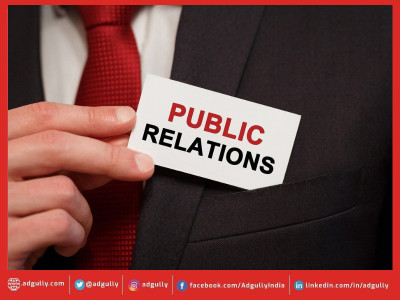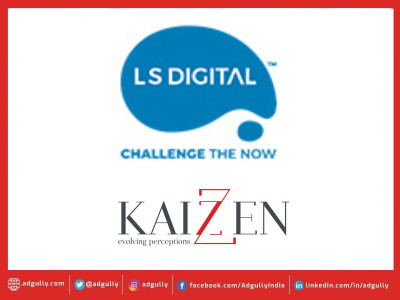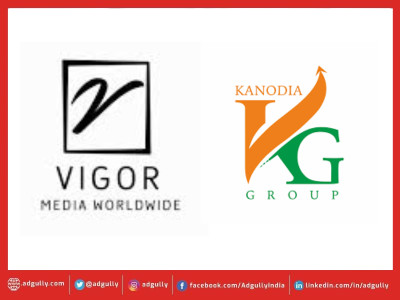The new rules for PR to build strong media relations in a digital-first VUCA world
For the longest time in memory, Public Relations and media have had a symbiotic relationship. PR agencies facilitate news and interactions with their clients, while the media carries this news. For PR agencies, chasing journalists to carry new about their clients, keeping print media clippings, calculating the column centimeter coverage received for their clients have been part of their daily operations.
GAMEXX Awards 2021 Last date for submitting entries - Monday, July 26, 2021 - ENTER NOW
The growing shift to digital, which has been accelerated during the pandemic period, has brought about change in the PR-Media relations. With the way digital media is pushing the limits of traditional media such as newspapers, many feel that print media may become outdated and greatly affect the relationship between media and PR.
Today, with high penetration of the Internet and the emergence of social media has brought considerable changes in the way media relations is handled. It is now the relationship between the public and those communicating with them. The entire process, which used to be one way, has now become a two-way process, with a lot of conversations happening in various social media platforms. While journalists and PR professionals need to have a complementary and healthy relationship, but the relations should be more strategically focused, with a strong pitch by narrating the story that will interest the journalist. Relevance is the key here as digital is breaking down all traditional modes.
Speaking about the relationship between PR agencies and journalists in this volatile world, Akshaara Lalwani, Founder and CEO of Communicate India, said, “Digitisation is key to transforming any business today. For any brand to get their message out, having a vibrant digital presence is extremely important, and the only way this can happen is through PR. PR teams are responsible for relaying the most relevant and pertinent news and information about a brand to the media. Hence, PR professionals need to constantly work on maintaining meaningful relationships with journalists and media houses. This not only facilitates better communication, but also works in the best interest of brands trying to get their messaging right. While approaching journalists, it is also important to be armed with proper information, facts and figures, because that is what digital media platforms are on the lookout for and gives them credibility. Also, one needs to be mindful about to what extent a PR person should be pushing on storylines for brands since platforms today want to go commercially as well with limitations to be kept in mind.”
Content is the king. To deliver the right message at the right time through the right mediums is important for the evolution of the new normal practices. The expectation from PR agencies to deliver creative and relevant brand messages has gone up. The entire communication funnel, which used to be one way, has now become a pipe going both ways. As Tarundeep Singh , Chief Growth Officer, The 23Watts, pointed out, “A big mistake that a lot of agencies do is follow the legacy practices. If anything, digital evolution has taught us to unlearn and scrap a lot of ‘normal’ practices to be smarter and sharper. Each publication now has a redefined editorial policy for online and offline. News is made according to importance and impact. Both have measurability that comes from the digital world. As custodians of our mandates, we are obligated to understand that and pitch stories.”
He further said, “With the publication staff trimmed due to unavoidable COVID-19 situations, we need better and publishable content to drive the stories we want to tell. That can only happen if we look to change our roles from just a storyteller to a ‘story miner’.”
PR teams are responsible for relaying the most relevant as well as pertinent news and information about a brand to the media. Hence, they need to constantly work on maintaining meaningful relationships with journalists and media houses and start building a complementary relationship to shift their focus from quantitative to qualitative approach. With this, PR professionals have now become very particular about what news they put forth on the digital platforms.
Talking about the digital shift and functioning of media and maintaining relations with the media world, Gautam B Thakker, CEO, Everymedia Technologies, noted, “The current stage on the evolutionary ladder following print, radio, and television is digital journalism. As of now, as many as 80% of Indians consume news on the Internet, primarily through social media and instant-messaging services. Journalists are predominantly making use of large-scale platforms like Facebook, Twitter, Instagram, LinkedIn, and YouTube. They are also using these live video platforms, which have proved to be a boon for news reporting, opening up a range of high-traffic avenues for delivering information to consumers. Through these digital mediums, news organisations are in a position to offer regular updates to consumers on current events, bypassing barriers of time and accessibility.”
(Edited and Additional Inputs by Shanta Saikia.)


















Share
Facebook
YouTube
Tweet
Twitter
LinkedIn